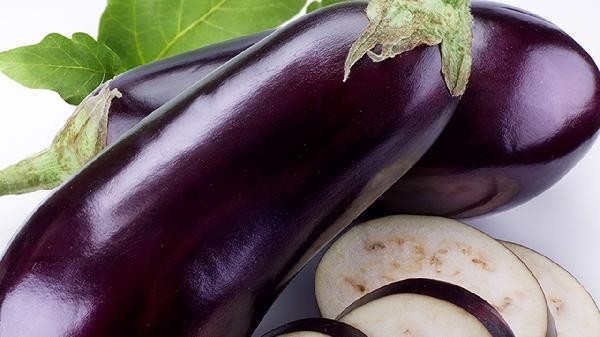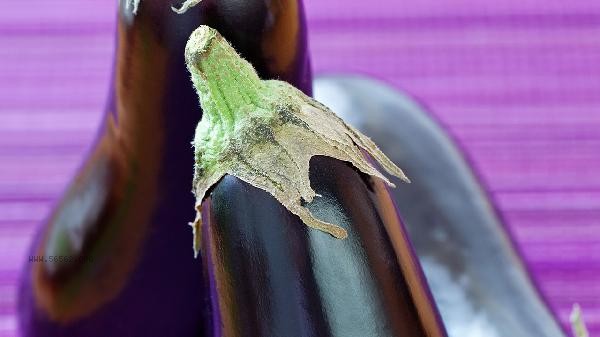When frying eggplants, oil absorption can be reduced through pre-treatment and techniques, mainly including cutting and salting, coating with starch or egg liquid, controlling oil temperature, rapid stir frying, and oil draining treatment.

1. Salt cured and dehydrated
Cut eggplant into pieces and sprinkle salt for 10 minutes. Salt can damage the cell structure and cause water to seep out, reducing oil penetration caused by water evaporation during frying. After pickling, squeeze out the water and then deep fry, the oil absorption can be reduced by more than half. Note that the pickling time should not be too long, otherwise the eggplant will become soft in taste.
2. Powder coating treatment
Coating with dry starch or egg mixture before frying can form a protective layer. Starch gelatinizes when exposed to heat and seals surface pores, while egg protein solidifies when heated and can block oil and fat. A thin layer of powder is enough, too thick will affect the original taste of eggplant. Experiments have shown that powder coating treatment can reduce oil absorption by 30-40%.
3. Oil temperature control
Raise the oil temperature to around 180 degrees before putting it into the pot. High temperature can quickly set the surface of eggplant. When the oil temperature is insufficient, eggplants will continue to absorb oil like a sponge. Chopsticks can be used to test the oil temperature, and the appropriate temperature is when dense small bubbles appear around the insertion. Maintain moderate to high temperatures to avoid sudden drops in temperature.

4. Quickly fry and remove
After putting the eggplant into the pot, quickly flip it over to evenly heat it, and immediately remove it if the surface turns slightly yellow. The frying time should be controlled within 2 minutes, as prolonged high temperatures can cause internal oil saturation. When using a strainer to scoop it up, gently press the surface to help drain the oil and prevent residual temperature from continuing to penetrate.
5. Double Fry
First fry until it is set, then remove it and wait for the oil temperature to rise to 200 degrees before frying again for 30 seconds. High temperature can cause the absorbed oil to precipitate and form a crispy outer shell. After re frying, place it on kitchen paper to remove surface oil, reducing oil by about 20% compared to a single deep frying.

Choose tender eggplants with tight flesh, those with smooth and wrinkle free skin absorb less oil. Refrigerating eggplants for 1 hour before frying can enhance cell density. Eating with acidic seasonings such as lemon juice can help break down ingested fats. It is recommended to use low oil cooking methods such as steaming and grilling in daily life to preserve the rich vitamin P and anthocyanin content of eggplants, which is more in line with healthy eating principles. Fried foods should be consumed at a controlled frequency, especially for people with high blood pressure and high blood lipids.








Comments (0)
Leave a Comment
No comments yet
Be the first to share your thoughts!